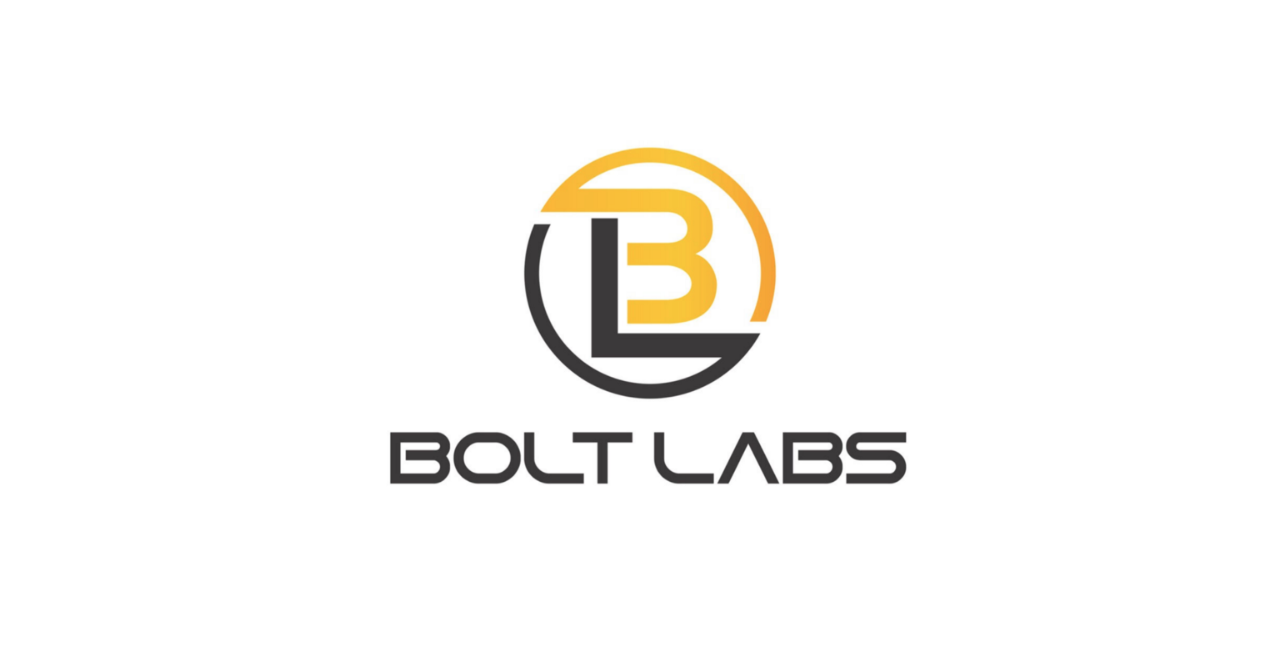Similar to the internet’s layered protocol architecture, we’re seeing an analogous stack emerge in crypto. Separate layers allow communities to focus on specific problem sets while still enabling interactions between layers for the discrete capabilities to build on each other. The design approach is iterative, with multiple branching paths to arrive at new solutions, versus a single monolithic system.
The best examples of this layered architecture in crypto is in Layer 2 projects, such as payment channels and sidechains. While Layer 2 typically focuses on pure scaling solutions (e.g., increased transaction throughput), the additional design space off-chain is introducing new features and capabilities not previously feasible. In fact, it feels likely that Layer 2 projects will account for an increasing portion of innovation in the crypto space as Layer 1 base chains necessarily stabilize over time. Privacy in particular brings novel forms of utility beyond the first-order benefits of confidentiality, including better fungibility and improved computational models. Ultimately, the proliferation and diversity of these Layer 2 networks, both as expressions of their underlying Layer 1 hosts and as independent networks solving new unmet problems, will create a more robust and comprehensive design surface for developers.
Bolt Labs is building payment channel implementations using zero-knowledge proofs, blind signatures and commitments. Their solutions will bring scalability not only to privacy chains such as Zcash, but also to existing public chains where privacy is not a default capability. The potential for these implementations to be networked together with technologies like Interledger opens the potential further for cross-chain interactions with these privacy guarantees baked in. We’re thrilled to be supporting Ayo and the team by investing in Bolt Labs alongside Dekrypt Capital. We’re committed to fostering the evolution of Layer 2 technologies which will both improve Layer 1 capabilities and the development of additional layers that can support interoperability.
Thank you to Evan Schwartz for providing feedback to this article.



